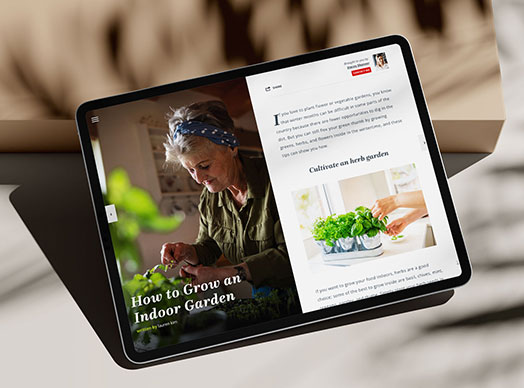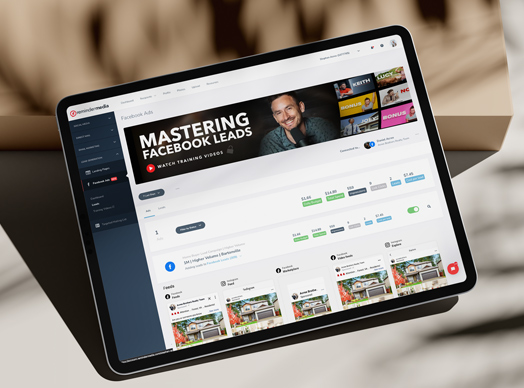To make following up with clients more personal and manageable, segment your list into targeted groups
Bob knows that following up with his clients is vital to generating repeat business and referrals. So he creates a slick new mailer, excitedly sends it out to all his clients, and waits for the phone to ring . . . and waits . . . and waits.
Does this scenario sound familiar? It happens all the time. Perhaps it’s even happened to you.
Bob’s mistake was trying to use a one-size-fits-all approach. Had he just taken a minute to think, he would have realized that his clients are not all the same and developed a more personalized strategy.
Effective follow-ups find common ground, provide value for the client, or make them feel special. Quality is much more important than quantity. To make following up more personal and manageable, categorize your list into targeted groups, and commit to call 5 or 10 people within a chosen segment each day. Here are a few of the ways to segment your client list.
Ways to segment your client list
Value
According to the Pareto principle, 20% of your clients generate 80% of your business. Focusing on these clients is likely to produce the best results when it comes to referrals and repeat business.
You should be able to identify these individuals within your database. But if you’re under the gun and aren’t familiar with your database’s functionality, try this low-tech exercise: Set a timer for 15 minutes and make a list of all the clients you can name from memory. There’s a good bet those people are among your best clients.
Recency
When was the last time you had contact with the various clients? That will likely affect your message and follow-up strategy. It can also help you ensure that you’re not neglecting people on your list if you implement a rolling contact strategy.
Using a CRM tool can help you identify and schedule follow-ups. Be sure to also include notes on recent conversations that you can use to make your follow-ups more personal. For instance, if a client mentions an upcoming trip, make a note to ask how he or she enjoyed it the next time you speak.
Interests
This one takes a little more preparation, but it has the potential for the biggest payoff as well. Make note within your CRM, or other client management system, of the topics that your clients are interested in so that you can start a conversation when an opportunity presents itself.
Armed with this information, you can create messages that you can be certain will be relevant. By establishing common ground, you’ll build trust and rapport for long-term success.
What if you don’t have a client list?
Even if you’re new in business and still building a client list, you can take advantage of these strategies by leveraging existing relationships. Reach out to your sphere of influence, friends, relatives, and other contacts with personal appeals and ask for referrals.
As your client list grows, you can expand your segmentation strategies. And you’ll be ahead of the game on segmenting by interest because you know that you should be collecting this information from the start.
Looking for a way to stay in touch with your clients?
If you’re looking for an opportunity to use the segmentation strategies above, consider a personally branded magazine to better maintain client relationships. Our magazines are customizable follow-up tools and a conversation pieces that consistently remind your clients that you value them. No matter which segmentation strategy you employ, a personally branded magazine can help you make connections.



















